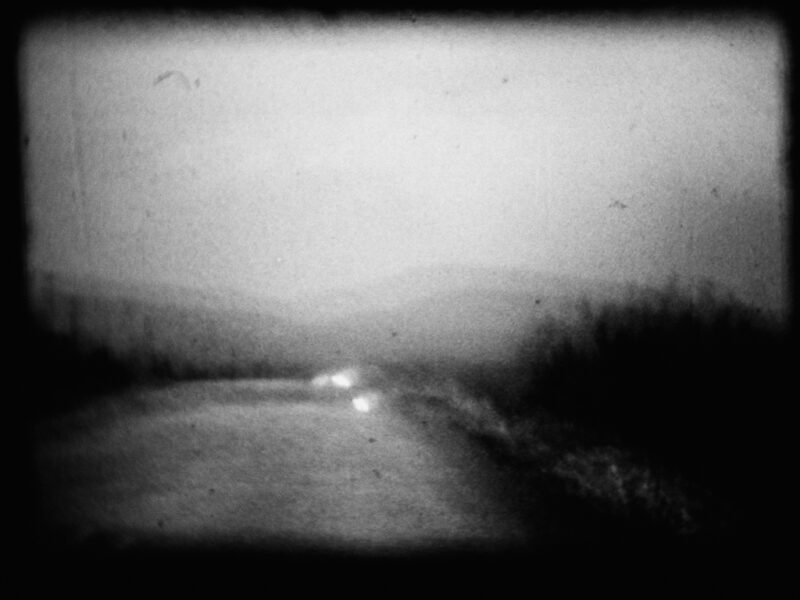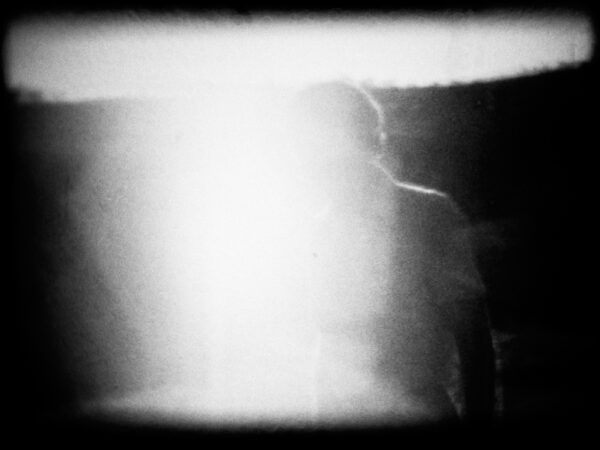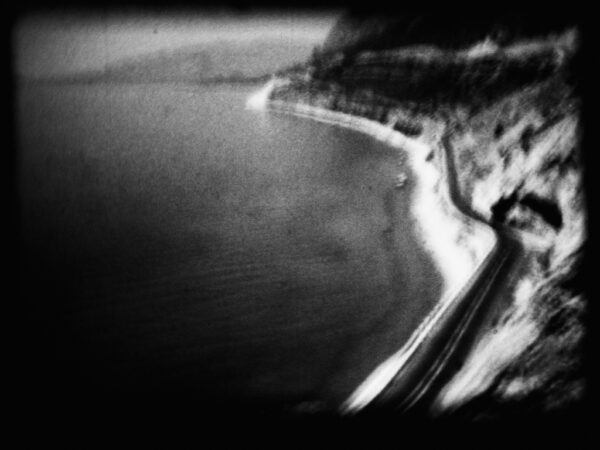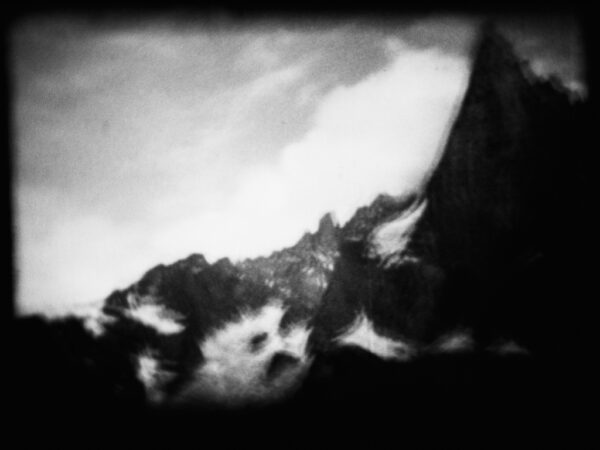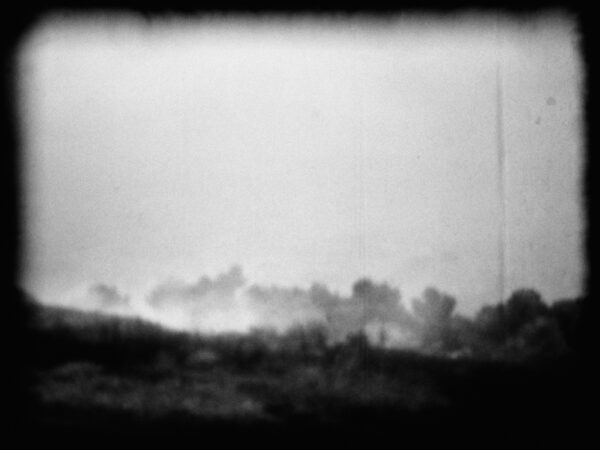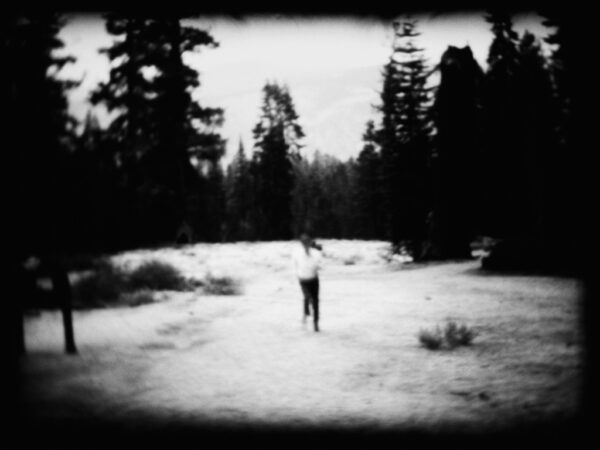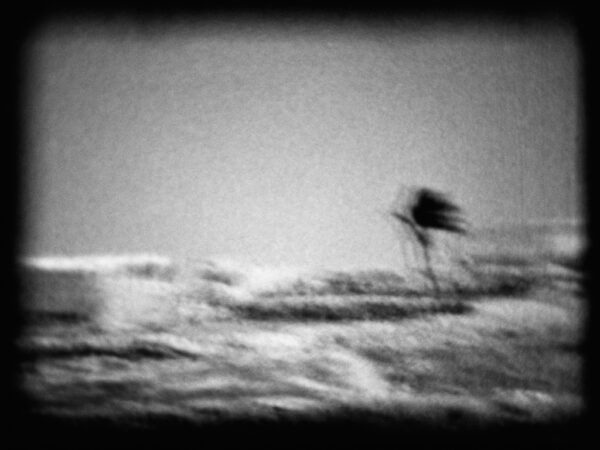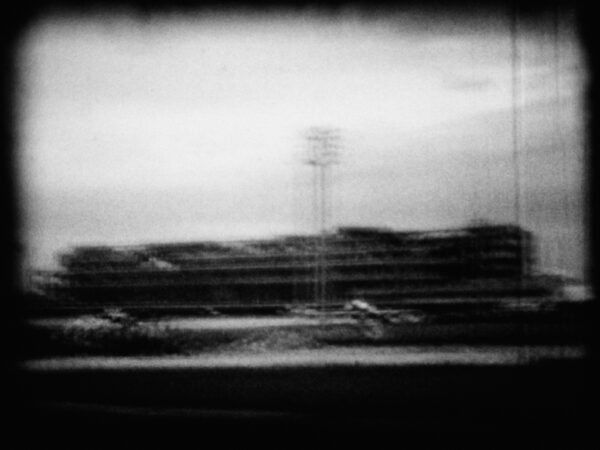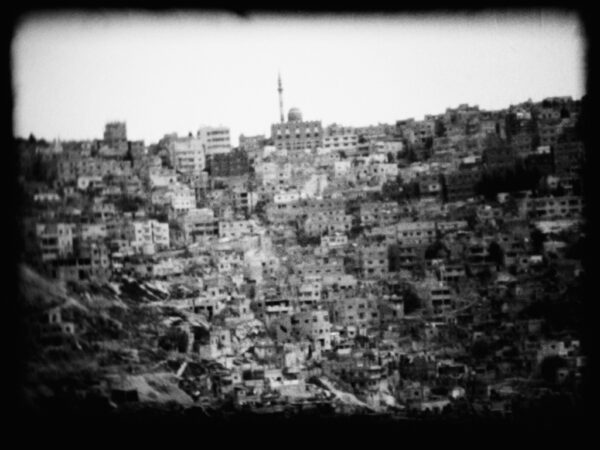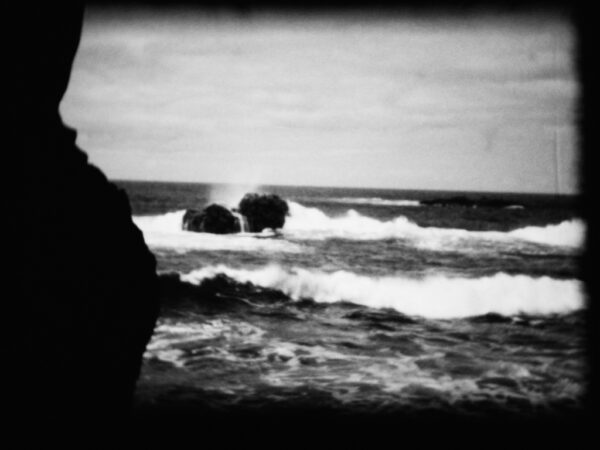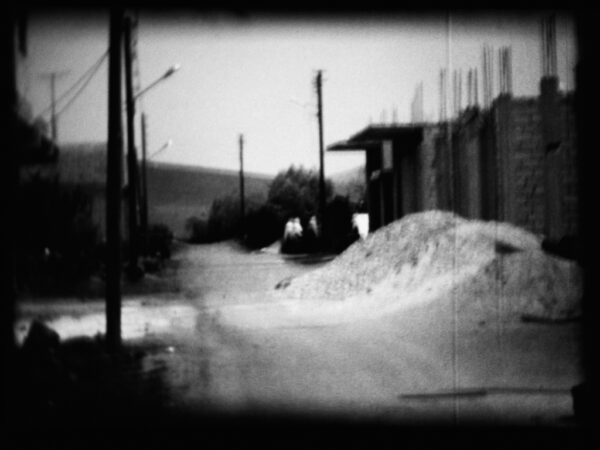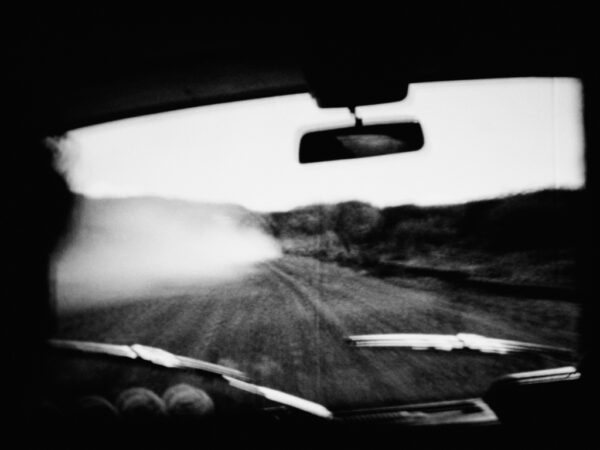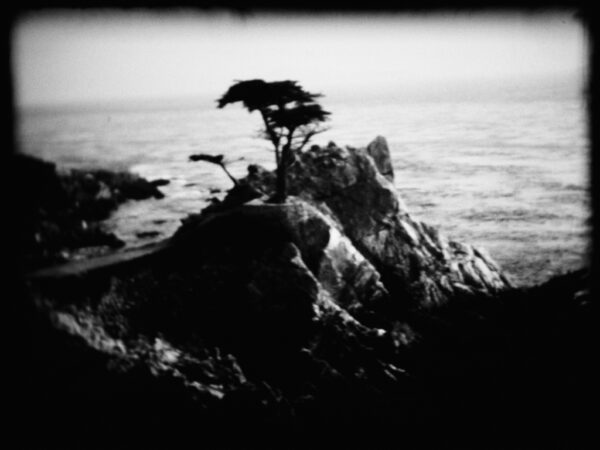In Memories and how to get them I am dealing with the sequence of assumeing, feeling and reflecting, with the construction of memories and finally own reality. There’s not only ›one‹ reality. In cause of subjectively views on environment through each one of us, there is just a subjectively image of it existing. Each ones reality is a construct of different personal experiences and influences. The individual reality goes together with memories, which are a construct for their part.
The sense system does allways take only a limited cut out of the surrounding environment. At the same time it tries to get a coherently image of this environmet. The brain is using an assemblytechnique or the principle of construction to get this ›overall view‹ by fragments (which are not necessarily depending on the truth). So there is for example in philosophy since always an inseparableness of memoria/reminiscentia and imaginatia. That means the transition from reality to fiction and reverse is vaguely. In that way the memory pictures become an important role, because they are the figurativy representation of the experienced one in memory consciousness. Next to the mental pictures of happenings there are physical pictures (produced by using a camera, moviecamera, etc.) existing, which also find a representaion in memory and will be linked with the accordingly event.
I will start where the mental pictures come to an overlay with the mental representation of the physical ones. A view on memories and autobiographical memory, which means in consequence ones own truth, as a construct of latently fragmentary pictures. The noema of photography ‚it was like that’ (Roland Barthes) does not apply for the pictures in the memory consciousness.
From ‘I was here’ by Michèle Walerich
published in: Tourists & Nomads Marburg 2012, ISBN 978-3-89445-464-7
“Memories and how to get them raises the question about the latent, fragmentary nature of photography. On the one hand, its shifting between reality and fiction and vice versa gives rise to a quasi-infinite participative narrative. On the other hand, the awareness of the diversity of potential openings to representation stresses the impossibility of one absolute literal image and sharpens our critical reception and the way in which we deal with images. This topic is even more relevant when photography is used as a means to reflect upon the past and on collective remembrance. Contrary to popular opinion, memory is not a stable reservoir, but is shaped by the very act of recollection. Each alteration in world view involves new means of constructing it.”
Excerpt from the essay «Beyond Irony» by Daniel Neugebauer
published in: The Space Beyond, Bielefeld 2014, ISBN 978-3-9812239-4-1
“[…] Definitely, Schlotter feels an urge to avoid a sweet and superficial melancholia of the omnipresent Instagram images or Lana del Rey music videos with their pretend-historicism. He creates hyper-images to counter hyperrealistic aesthetics. They are successful because they take on responsibility for the presented. They don’t celebrate the broken down distinction between what is true and what is not. Instead, they show the mechanism of our memory as a source for image production. […]”
Excerpt from the essay «The Space Beyond» by Katharina Bosse
published in: The Space Beyond, Bielefeld 2014, ISBN 978-3-9812239-4-1
“[…] The announcement of something about to end is what captures my gaze in Robert Schlotter’s images. The long exposure photographs of old-fashioned amateur movies fragment time in a different way than Cartier-Bresson‘s reflex action shots. Schlotter‘s photographs appear to be passive repositories in which the moving image is caught. Movies coagulated into photography, losing their dimension of time; what is left on the surface is the light of the projection lamp, bordered by a dark frame. The images in Memories and How to Get Them, with their eerie quality of a ghostly road trip, make me think of the passing of time, the death of Roland Barthes. […]”
